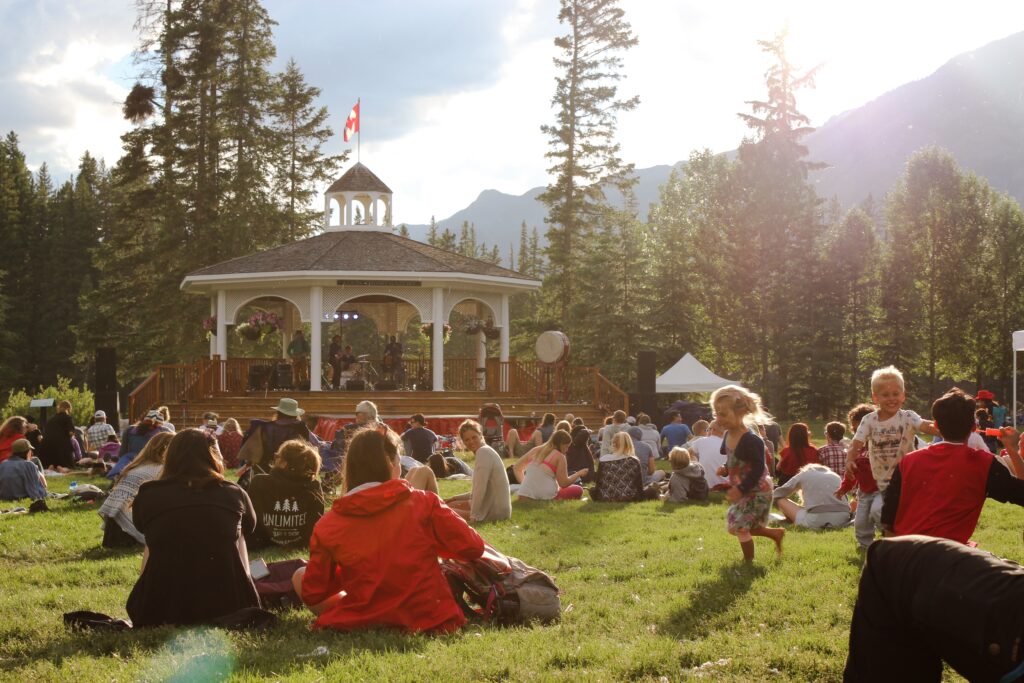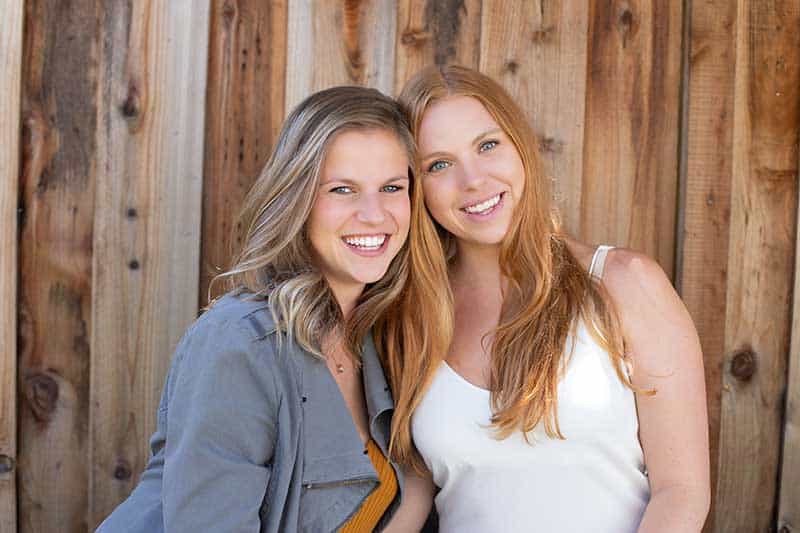Organizing a Community Playgroup: A Guide for New Parents

Bringing a new baby into the world is transformative—and often isolating. Between feedings, nap schedules, and the demands of daily life, it’s easy to feel disconnected from the outside world. But what if you could build a supportive network for both you and your child, right in your own neighborhood?
Organizing a community playgroup can be a wonderful way to create consistent social time for your baby while also offering connection and support for yourself. Whether you’re new to the idea or have been to a few playgroups and want to start your own, this guide will walk you through every step.
What Is a Community Playgroup?
A community playgroup is an informal gathering where babies, toddlers, and young children—typically under age 5—can play together in a safe, supervised environment. These groups usually involve unstructured play, circle time, or themed activities, and they can take place in homes, parks, libraries, or community centers.
But playgroups aren’t just for the kids.
They’re also a powerful tool for parents. These meetups can be a chance to share parenting tips, vent about challenges, and simply enjoy adult conversation.
Why Organizing a Community Playgroup Matters
While there are many structured classes available (music, swimming, baby yoga), organizing a community playgroup offers something unique: consistency, affordability, and the chance to build authentic relationships.
Some key benefits include:
- Social development for babies and toddlers
- Peer support for new parents
- Building local friendships and support networks
- Affordable fun without high fees
And let’s be honest—sometimes you just need another adult to laugh with when your baby decides to scream through a diaper change.
Step-by-Step: How to Organize a Community Playgroup
1. Clarify Your Vision
Before diving in, get clear about your goals. Do you want a weekly meetup or something more casual? Will it be age-specific (e.g., infants only, or up to preschoolers)? Indoors or outdoors?
Start by answering these questions:
- What age range will you serve?
- How many families do you want to include?
- Will there be structured activities or free play?
- Will you rotate hosting duties?
Having a clear framework makes it easier to invite others—and ensures you’re creating a group that meets your needs, too.
2. Choose the Right Location
Think about spaces that are safe, accessible, and welcoming to little ones. Some popular options:
- Your home or backyard
- Local parks with playgrounds
- Libraries with storytime areas
- Community centers or churches with available rooms
If you plan to host outdoors, be sure to check the weather forecast and have a backup plan.
3. Reach Out to Other Parents
You’d be surprised how many parents are just waiting for an invitation like this. Try reaching out through:
- Local parenting Facebook groups
- Apps like Peanut or Nextdoor
- Doula or childbirth class groups
- Community bulletin boards or newsletters
- Friends of friends!
Start with a small group—maybe 3 to 5 families—and let it grow naturally. Be sure to clearly explain the structure, location, time, and what to bring (toys, snacks, a blanket, etc.).
Creating a Welcoming and Inclusive Space
A successful playgroup feels warm, safe, and judgment-free. Here are a few ways to foster that vibe:
Set Ground Rules (Gently)
You don’t need a list of commandments, but some gentle agreements can go a long way. For example:
- Supervise your own child
- No sick kids, please
- Clean up toys before leaving
- Be kind and respectful to others
This helps everyone feel more comfortable—and protects the energy of the group.
Make It Comfortable for All Parenting Styles
Whether a parent is breastfeeding, bottle-feeding, babywearing, or using a stroller, your playgroup should feel like a safe place to show up as they are.
Avoid judgment, skip the unsolicited advice, and focus on creating a supportive vibe. And yes, you can absolutely organize a playgroup even if your baby is too young to “play” just yet. Sometimes the adult connection is the bigger benefit.
Playgroup Ideas That Keep Kids Engaged
Once your playgroup is up and running, it helps to have a few go-to ideas in your back pocket:
- Sensory bins (rice, water beads, bubbles)
- Parachute or blanket play
- Storytime or sing-alongs
- Themed playdates (like “pajama day” or “teddy bear picnic”)
- Simple crafts (think: edible finger paints or sticker collages)
- Toy rotation—ask each family to bring a few items to share
You don’t have to be a Pinterest pro. Kids thrive with repetition and simple play—and parents will be grateful for anything that keeps their toddlers busy for 20 minutes.
Deeper Benefits for Parents: Connection, Identity, and Mental Health
While the benefits for babies and toddlers are clear, don’t underestimate how valuable a playgroup can be for you as a parent. In the postpartum phase, many caregivers experience a sense of identity shift or loneliness. The simple act of chatting with another adult who’s also knee-deep in diaper changes can be incredibly grounding.
Regular social interaction can help reduce feelings of isolation and even improve mental health outcomes for new parents. Plus, hearing that someone else also struggled with feeding, sleep, or transitions can lift the emotional weight off your shoulders. You’re not alone—and playgroups remind you of that.
Playgroups can also provide a place to rediscover yourself outside of your parenting role. Maybe you’re great at leading songs, setting up a sensory table, or just being the calm voice in the chaos. These small contributions help you feel valuable and seen.
Navigating Group Dynamics: What If It Gets Awkward?
Whenever humans gather, there’s potential for disagreement. Maybe one child is a little rough with toys, or a parent seems to take over every conversation. That’s okay. It’s normal.
If you’re the organizer, set the tone with gentle leadership. You can say something like, “Let’s all try to give the kids space to play safely,” or “Let’s take turns sharing today.” Keep things light and kind, but don’t shy away from guiding the vibe of the group.
You can also invite feedback occasionally. A group text that says, “How are we feeling about the setup? Anything we want to tweak?” opens the door for constructive communication.
Sample Playgroup Schedule
If you’re someone who likes a bit of structure, here’s a sample 90-minute playgroup plan that works well for mixed-age babies and toddlers:
- 10:00–10:15 AM: Arrival and free play
- 10:15–10:30 AM: Circle time (songs, a short story, or bubbles)
- 10:30–10:50 AM: Activity of the day (craft, sensory bin, or water play)
- 10:50–11:00 AM: Snack time
- 11:00–11:30 AM: More play and socializing, then clean-up and goodbyes
Of course, not every playgroup needs a schedule. Sometimes the best moments happen when the kids pile onto a blanket and the grownups chat in the sunshine.
Embracing Diversity in Your Playgroup
Playgroups can be a beautiful space to celebrate different family structures, languages, and traditions. Here’s how to ensure your group feels inclusive to all:
- Use gender-inclusive language when inviting families (say “parents and caregivers” instead of “moms”).
- Welcome diverse family setups—single parents, LGBTQ+ parents, adoptive parents, grandparents, and more.
- Include bilingual storytime or songs if your community has speakers of different languages.
- Be mindful of cultural norms around food, play, and personal space.
Inclusivity starts with a welcoming attitude—and it grows through curiosity and care.
Finding and Listing Local Playgroups
If you’re not ready to organize your own, joining an existing playgroup can be a great first step. Try these options:
- Local library or community center bulletin boards
- Parenting apps and groups (like Meetup, Peanut, or Facebook)
- Your doula agency or pediatrician’s office
- Local churches, synagogues, or mosques often host parent-child events
And once your group is up and running, consider listing it online to help others find their village too.
Real-Life Example: How One Mom Built a Village
When Rebecca moved to a new city with her 6-month-old son, she craved connection. She decided to host a “baby coffee morning” at her local park, inviting parents from a Facebook group.
Four families showed up the first week. Within two months, the group had grown to 15 families, and they began rotating locations.
“The playgroup gave me a reason to leave the house, but it also gave me a sense of belonging,” Rebecca says. “I found friends who really get what this stage is like.”
Closing Thoughts
Organizing a community playgroup is about more than planning playdates—it’s about creating space for connection, laughter, and support during a time when so many parents need it. You don’t have to wait for the perfect moment or the perfect group. Start small, be welcoming, and trust that others are looking for community just like you are.
Thank you for reading this week’s blog post, “Organizing a Community Playgroup” For more helpful tips and tricks on all things pregnancy, postpartum, and parenthood, click here!

